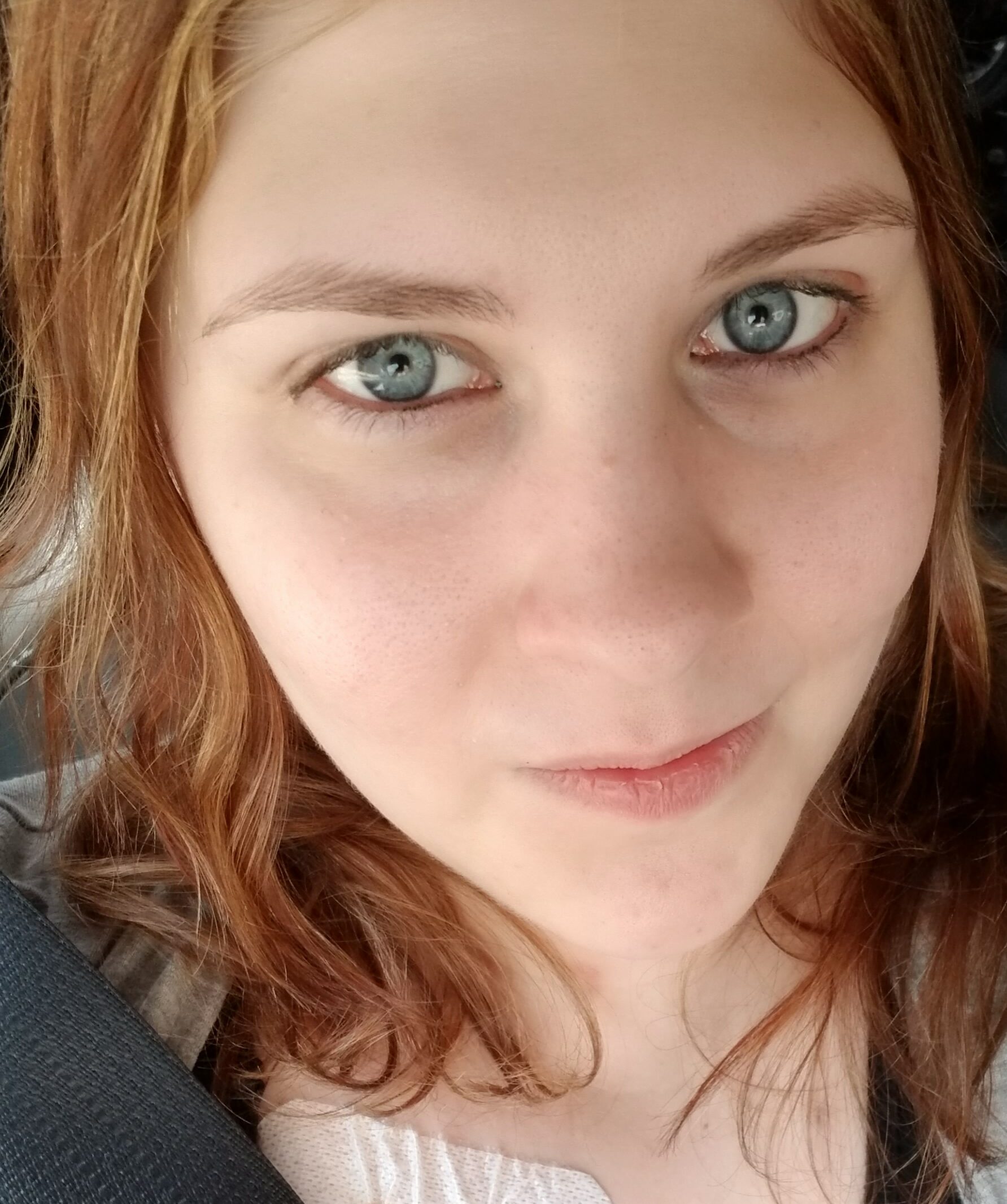In July 2018, I developed a nagging dry cough and chest discomfort. I have a history of pneumonia, so I went to urgent care for a chest x-ray. It was clear and I was told I likely have a viral chest cold.
The cough continued to linger on, not responding to over-the-counter cough medicine. As the days went on, I became short of breath very easily. Just saying a few sentences while holding still would leave me winded. However, my pulse oximeter showed that my oxygen levels were normal, so I just tried to push through.
Around this time, I would feel a squeezing in my chest, and I would involuntary snort. After a few days of this, my mom convinced me to go to the ER. I had another normal chest x-ray, and fairly normal bloodwork. My heart rate and respirations were fast, but I was already diagnosed with postural orthostatic tachycardia syndrome (POTS), a condition characterized by symptoms such as a fast heart rate, dizziness and fatigue when transitioning from lying down to standing up, so the ER doctor told me this was likely a POTS flare mixed with a chest bug and sent me home.
The next day, I felt the worst I ever had. I went to urgent care, hoping for a breathing treatment. However the doctor suspected this was more than something viral, and encouraged me to return to the ER.
I went to a different one and was nearly brushed off again, but then the ER doctor decided to check my d-dimer, which was high. He ordered a CT scan, and I was diagnosed with bilateral pulmonary emboli on August 6, 2018. I spent four days in the hospital.
I clotted in my lungs five more times since then, and was diagnosed with antiphospholipid syndrome (APS), an autoimmune disorder in which the immune system mistakenly creates antibodies that attack tissues in the body and can contribute to blood clots. Other family members were diagnosed with APS before me. I was also found to have May-Thurner syndrome, a vascular condition in which an artery compresses the left iliac vein, preventing blood from flowing properly and can also contribute to blood clots.
No DVTs were ever discovered. I am on blood thinners for life, but am very thankful that it has been nearly four years since I developed clots. I am at a place where I no longer live in fear of another re-clot, but it took time to get here.
This experience has shown me that there are many signs of blood clots that many people might not know about. I also learned that there are more risk factors than many may realize.
Resources
Antiphospholipid Syndrome (APS)
May-Thurner Syndrome
Living Your Best Life on Blood Thinners




